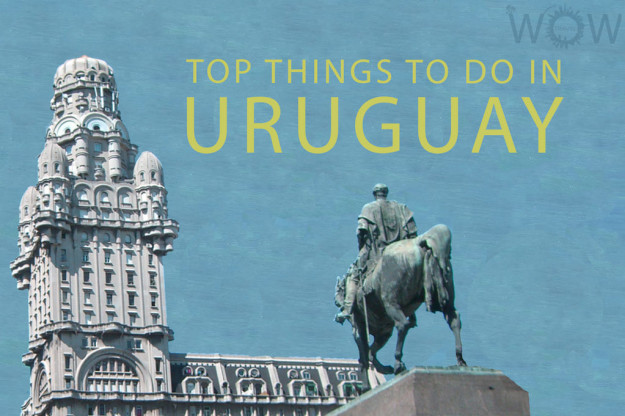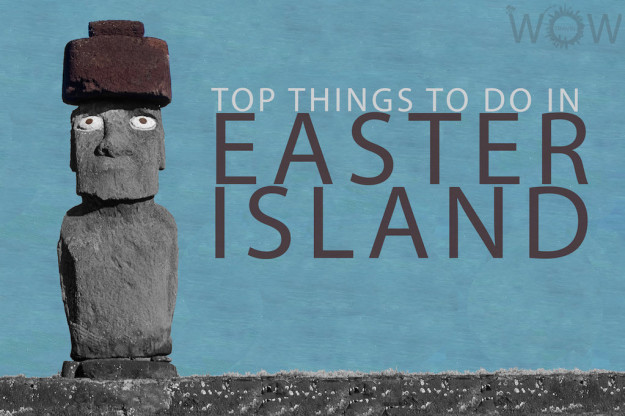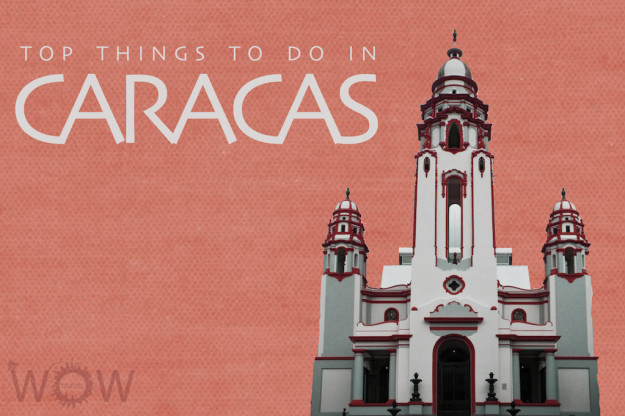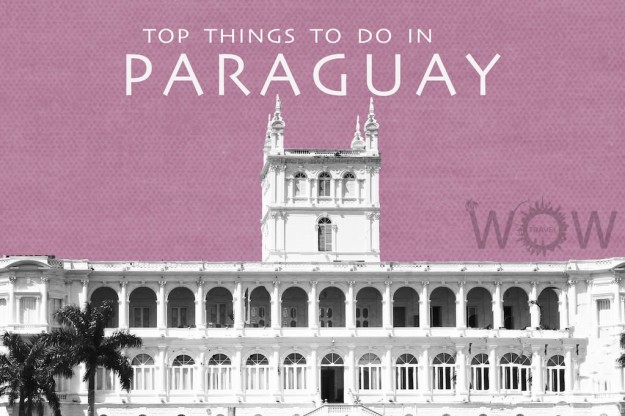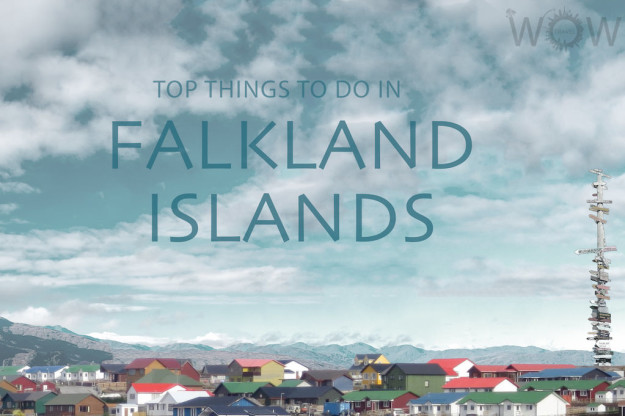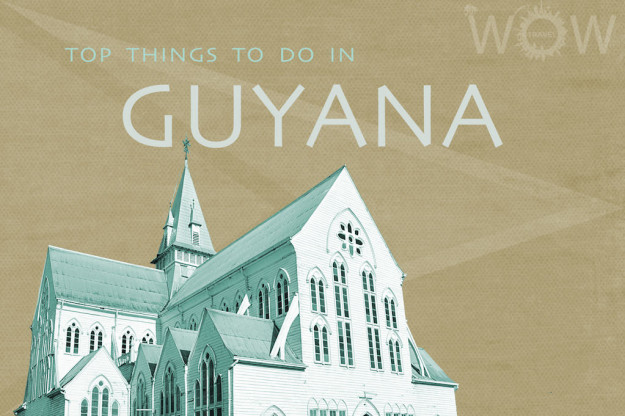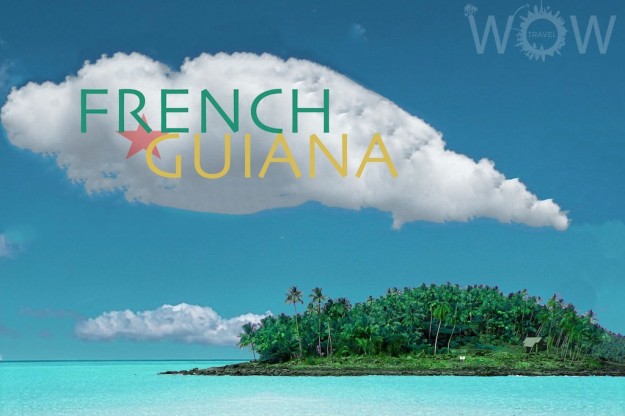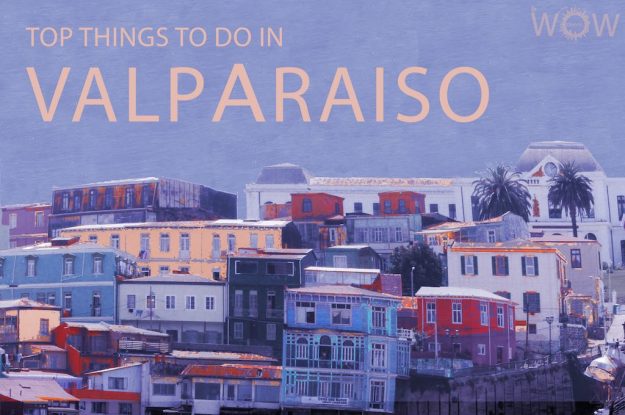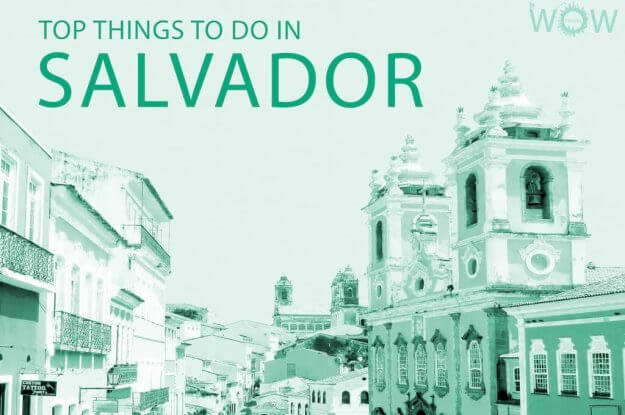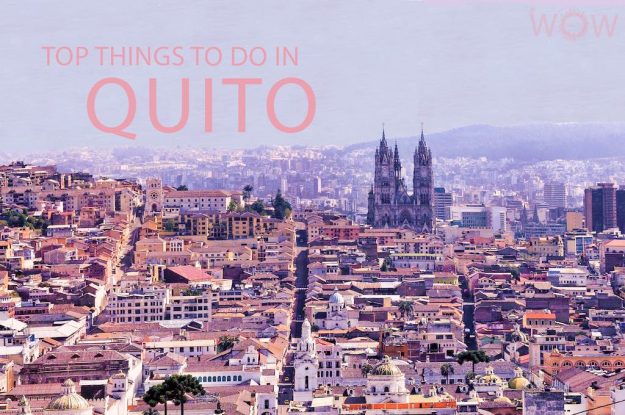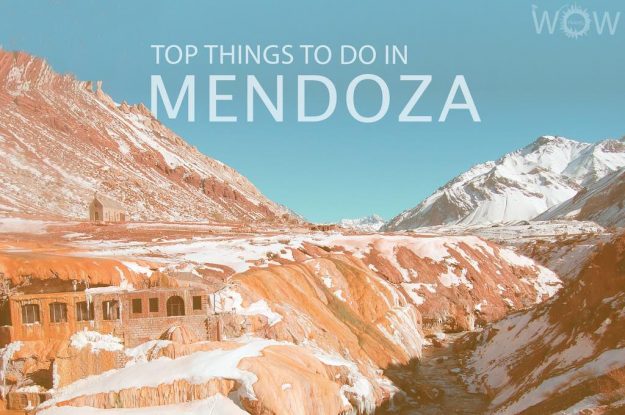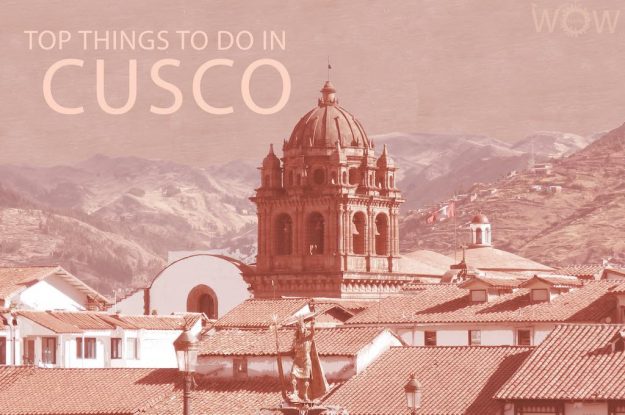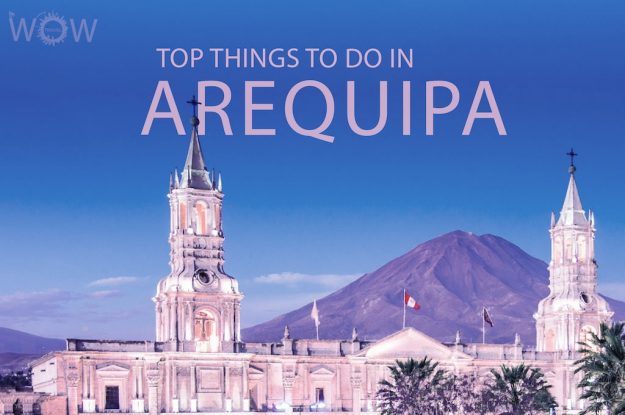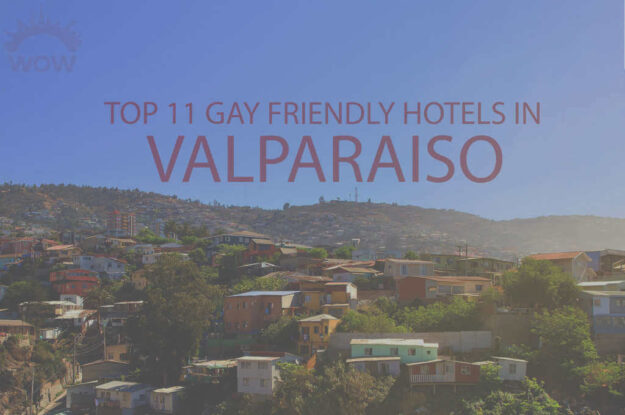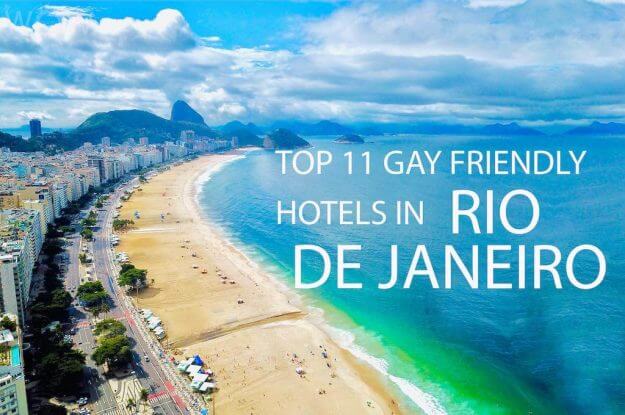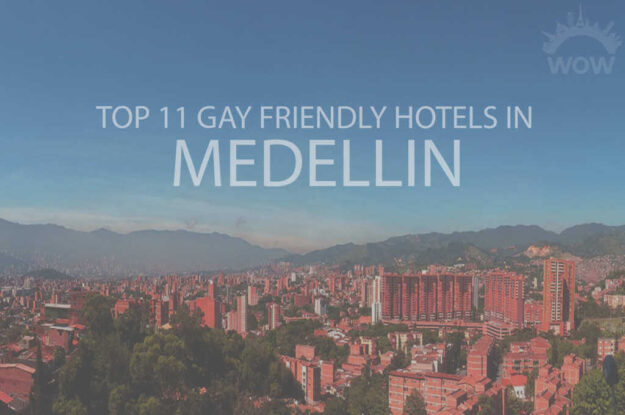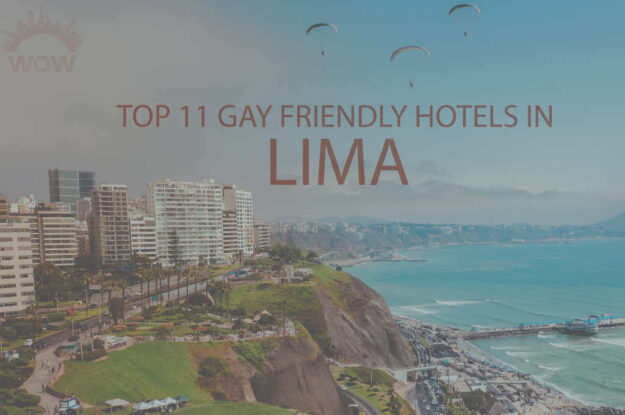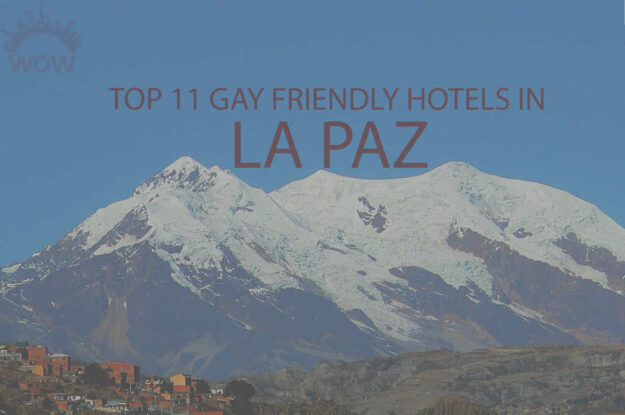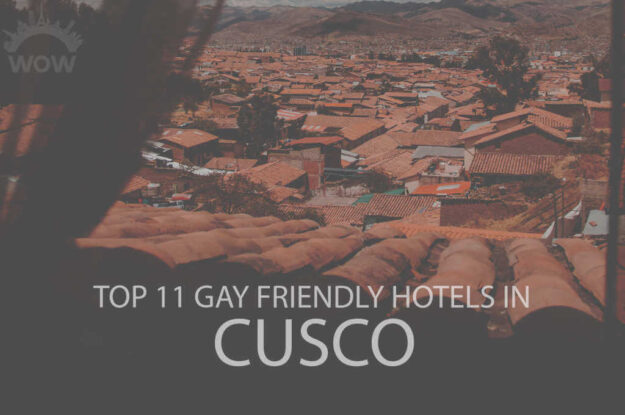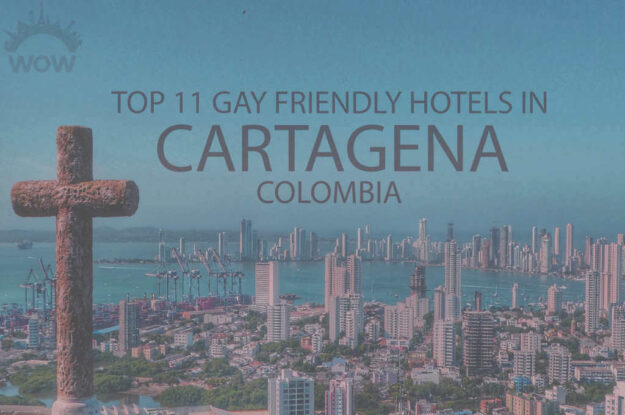The two continents which make up this part of the world were largely unknown to the outside world until the 15th century when Christopher Columbus accidentally discovered North America. Although the Norse explorer Leif Erikson had already sailed to this part of the planet before the Spanish, he did not colonize the land and left it just as he had found it. Mass emigration from Europe to these ‘exotic’ lands resulted in large indigenous populations being wiped out from diseases and enslavement, leading to a huge loss of history and culture. However, today, the legacy of colonization has ensured that both the Americas share many common traits, common Indo-European languages, and a dominant religion, Christianity, which accounts for 86% of the population. The English influence on Anglo America which includes Canada and the United States is quite apparent when compared to Latin America which had a larger Spanish and Portuguese presence.
Given the extent of land that the Americas cover, from north to south, the diversity of the landscape and climate is vast. Kaffeklubben Island, the northernmost point on the earth lies in this region, while the southernmost point of the Americas extends to Antarctica. Running along the west coast is the American Cordillera which comprises the Andes in South America and the Rocky Mountains and other ranges in North America. The eastern side which is much flatter is characterized by large river basins such as the Mississippi and the Amazon. Today, travelers to the Americas are as ‘wowed’ by the New World as were the explorers. The blend of the old with the new, the gleaming metropolises such as Chicago, New York, Rio de Janeiro, and Miami to name a few, with some of the most advanced technology in the world, the rugged Wild West, and the lost worlds of South America, draw thousands of travelers to this part of the world.
Tucked in between Brazil and Argentina, tiny Uruguay is often missed out or forgotten about. The common misconception is that there aren’t many places to visit in Uruguay. However, all those who travel to Uruguay will fall in love with the country. With Spanish and African influences, this is one of South America’s most intoxicating countries. Check…
Easter Island, also known as Rapa Nui, is a tiny volcanic island halfway between Oceania and South America, at the southeasternmost point of the Polynesian triangle. Easter Island is mostly famous for the Moai, massive human figures carved from stone by the Rapa Nui people between 1250 and 1500 AD. The 887 giant Moai statues…
Caracas, the capital of Venezuela, is one of the most dangerous cities in the world, but despite its bad reputation because of the violence and pickpockets, this city has plenty of attractions to deliver to its visitors. It is the political and financial capital of the country and at one point in history, it was…
Paraguay is one of the hidden gems in South America. Despite being enviously situated at the heart of one of the most thrilling continents on the planet, it is ignored by most travelers. Paraguay is a country that exhibits Some of the greatest examples of architecture with modern cities and vast exotic natural reserves with…
Located off the southern tip of South America, some 480 km (300 miles) from the coast of Argentina, the Falkland Islands (also known as Malvinas) are a British Overseas Territory. A natural paradisiac archipelago of more than 740 islands. The islands boast white sandy beaches, clear turquoise waters and an abundance of native and migratory…
Located on the Atlantic coast of South America, Suriname is a tiny country and a former Dutch Colony with a very interesting history. It was first colonized by English, then by Dutch, and was influenced by different cultures. We have made a list of the Top 5 Things To Do In Suriname. [booking_product_helper shortname=”suriname”] Galibi Nature Reserve…
Guyana is a sovereign state, located on the northern coast of South America. Culturally, it is considered part of the Anglophone Caribbean. It sits alone on the continent of South America as an former British colony, sharing a Caribbean flavor where English is the first language and cricket the national sport. It is an untravelled…
Christopher Columbus first sighted French Guiana in 1498, deep in equatorial South America. French Guiana is a department of France bordering Brazil, Suriname, and the Atlantic since they settled in the region in the 17th century. It has few people, a vast amazon rainforest, savanna and a long coast along the Atlantic Ocean. Here are the Top 4…
The city of Valparaiso in Chile is one of the South Pacific’s most important seaports. In the second half of the 19th century, it was a major port of call for ships that crossed the Straits of Magellan, traveling between the Atlantic and Pacific. The opening of the Panama Canal brought an end to its…
Sao Salvador da Bahia de Todos os Santos or simply Salvador is the capital of Bahia in Brazil. It was the first capital of Brazil, founded in 1549 by the Portuguese and continued to be the capital until 1763. The colonial influences are evident in this city which is one of the oldest colonial cities…
Quito, the capital city of Ecuador sits at an elevation of 2,580 meters above sea level, making it the second-highest official capital city in the world, after La Paz. It also has the distinction of being the closest capital city to the equator with its central square being about 25 kilometers south of the equator.…
The capital of Uruguay, Montevideo, is the southernmost capital in the Americas and has been consistently rated first on the quality of life in Latin America. The city was founded in 1724 by a Spanish soldier as a strategic move against Portugal during the dispute over the platine region. The first inhabitants of the city…
The City of Mendoza as it is officially known as is located in the northern central part of the province of Mendoza in Argentina. The bustling tree-lined city is a stopover point for climbers to Mount Aconcagua and also for skiers in the winter looking for easy access to the Andes. Mendoza is synonymous with…
Sitting high up in the Andes at an elevation of 3,400 meters is the Inca capital, Cusco, designated as the ‘Historical capital of Peru.” This UNESCO World Heritage Site is the oldest continuously inhabited city in the Americas. Although the Spaniards demolished most of the important buildings of the city, they used the foundations for…
Arequipa, the second-largest city in Peru after Lima, has earned the sobriquet of the ‘legal capital of Peru’ since it is the seat of the Constitutional Court of Peru. It is also part of the Southern Peru Tourist Corridor along with Cusco, Puno, and Nazca. The city which was founded in 1540, has maintained a…
Argentina‘s second most populous city after Buenos Aires is Córdoba, a cliched mix of the old and new. This university city, bustling with a young population is a cauldron of style and culture, reflected in the number of reputed museums, galleries, and ‘hip’ cafes. The diverse architectural styles around Córdoba, from the Gothic to the…
Affectionately called a “mini-Berlin by the seaside,” coastal Valparaiso overlooking the waters of the South Pacific Ocean is one of the most vibrant of Chile’s cities. What’s more, Valparaiso and its neighboring Viña del Mar are amongst the gayest places on the continent! Santiago might be home to a larger gay scene, but it’s Valpo,…
One of the most gay-friendly cities in the world Sao Paulo is located on the gorgeous South American continent. Gay Pride Sao Paulo has been attracting millions of people for over a decade now. The gay Sao Paulo map stretches far and wide, and popular gay neighborhoods like Consolação “Gay Caneca” and Jardins are now…
Rio de Janeiro has golden-sand beaches, gorgeous verdant rainforests, and sultry vibes. The charming ‘Wonderful City’ is also one of the most open-minded and culturally diverse cities in the world. It was elected as the world’s sexiest and best gay destination twice in a row. Not surprisingly, it has morphed into a must-visit gay area…
The city of Eternal Spring Medellin might be slightly rough around the edges, but it’s transformed into one of Latin America’s most progressive cities. Whether it’s gastronomy, social awareness, or innovation, the city is now an exciting and buzzing metropolis. Despite being largely conservative due to a Catholic population, Medellin is extremely gay-friendly as well.…
The lovely Peruvian capital of Lima is an absolute marvel. Tucked on the Pacific Coast of the Sechura Desert, this sprawling city is steeped in ancient Incan roots. What’s more, it’s famed as South America’s gastronomic capital today, but that’s not all that’s thrilling about this city. In a fiercely Catholic country that is all…
The vibrant and carnivalesque capital of Bolivia, La Paz, left us breathless – and it’s not just about the altitude. Nestled in the Andean mountains close to the southern shores of Lake Titicaca, La Paz is a kaleidoscope of old-world and modernity. When it comes to the gay scene in Bolivia, big cities are where…
The former historic capital of the Inca Empire, Cusco, is the most popular destination in Peru today. Besides being the capital archaeological capital of the Americas, Cusco is also the gateway to the legendary city that is Machu Picchu. As it’s also known, Cuzco boasts the richest heritage amongst any of the South American cities…
Captivating Cartagena is one glorious mess of historic grandeur on cobbled alleys, vibrant structures and plazas, and bougainvillea-covered balconies. What’s more, the old town, Cartagena de Indias, boasts 13 km of centuries-old colonial stone walls! It’s no wonder that it’s a UNESCO World Heritage Site. What’s more, Cartagena is the undisputed gay-friendly queen of Colombia’s Caribbean coast.…

